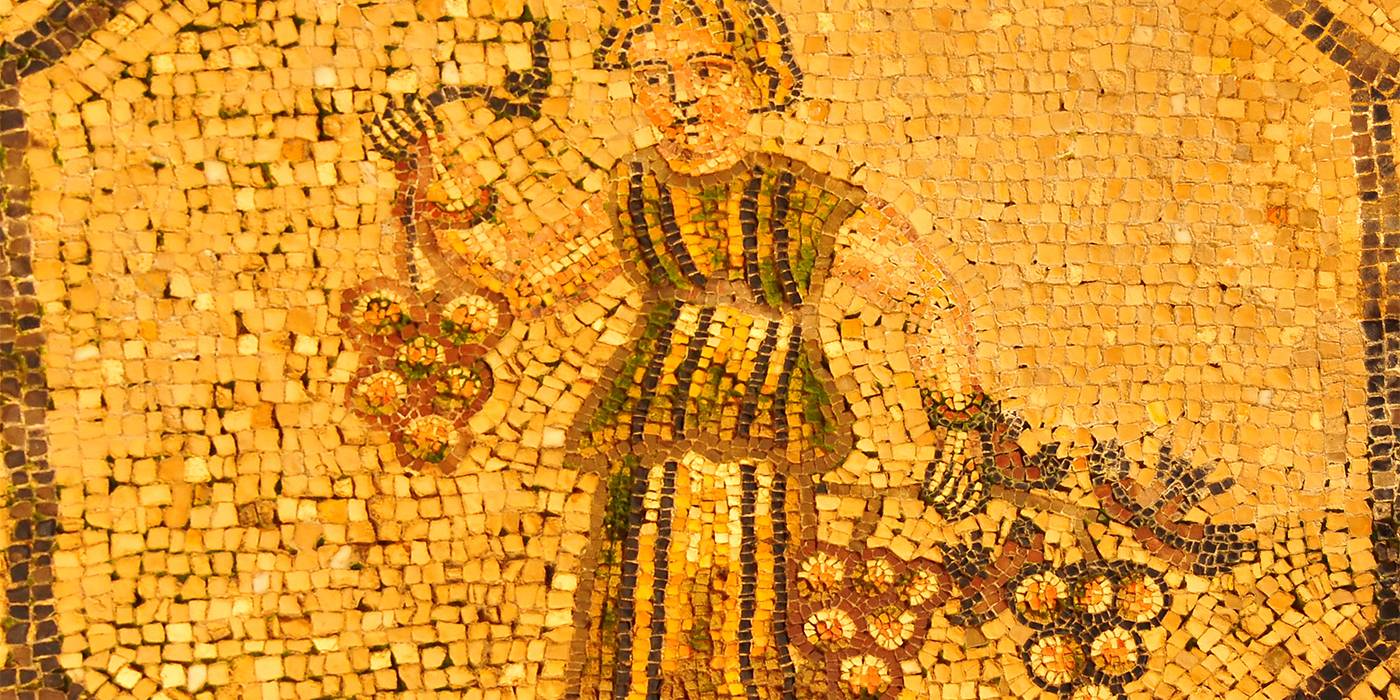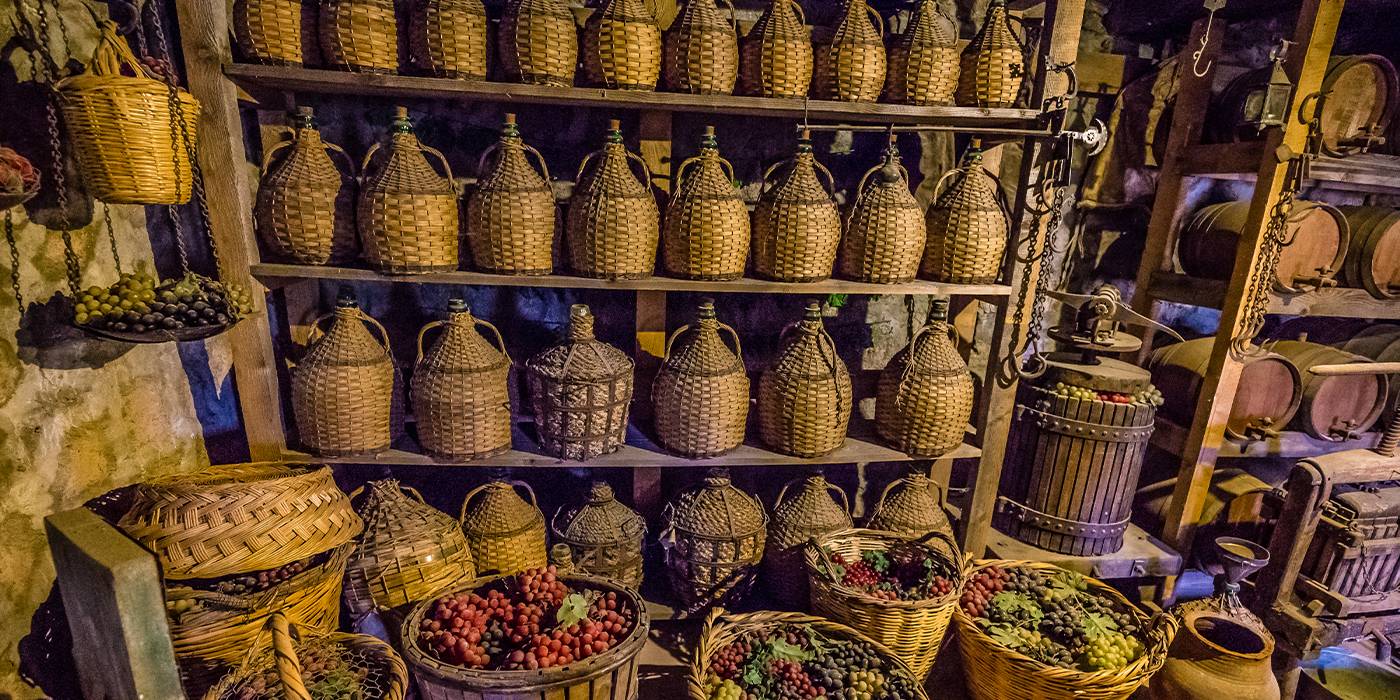History of wine How is it made?
In this article we tell you how wine is made depending on its type. Don't miss it and learn how to make your own homemade wine.

Eva Pizarro
Sommelier at Fierro restaurant and trainer at Tandem Gastronómico.
The history of wine takes us back to very remote times, the first unequivocal evidence dates back to prehistory, in the Caucasus area, in Armenia and Georgia. Evidence of a fermented grape-based drink has been found there, probably the result of chance. Grapes stored for a time to be consumed at different times that ferment naturally resulting in a liquid unknown until then but with very different properties from grape juice.
Its production extends throughout the second millennium BC, and its consumption is closely linked to religious rites, as it will be for a long time...
This is also demonstrated in details of Egyptian sarcophagi, in references to the Old Testament and other remains found.
The Phoenicians, sailors and merchants, were responsible for the introduction of vine cultivation to the Iberian Peninsula. Throughout the 10th and 11th centuries BC, they extended their area of influence along the southern coasts of Europe and northern Africa, they arrived in search of gold, silver and other metals, in exchange they brought products unknown to us until then. like wine and its way of growing it.
In Doña Blanca, Cadiz, there is a settlement where the oldest preserved winery in Europe is located, it clearly shows the existence of winemaking activity, winepresses for treading grapes, wine storage areas...
Wine, at that time, was very different from what we know now. The wine had to travel, and to do so they needed techniques to keep it in perfect consumer condition and not spoil. Addition to wine of ashes, honey, resins...
With the Romans comes great expansion through the expansion of their empire. But wine was still something very different from how we know it today, it was mixed with water, it was very sweet, and it was flavored with plants and spices, and it was also transported in amphorae,
It would be later when the use of wood for transportation and what we know today as barrels was introduced.

The Middle Ages play a very important role, the ecclesiastical orders are responsible for safeguarding winemaking knowledge and practices in their monasteries to the point of being great innovators in its production but also in making the first classifications based on its quality.
It will not be until the 17th century when the great advances in wine appear: the glass bottle, the cork stopper, and the great wine-growing areas of the world begin to establish themselves: Bordeaux, Burgundy, Tuscany, Spain...
At the same time, wine had arrived in America, with colonization, there it was also the missionaries who were in charge of its dissemination.
From those times to ours, winemaking has changed a lot. Today we know well the varieties that best adapt to each area, we know the best vineyards and the cultivation systems they need to obtain the best wine. Different types of wines have emerged: sparkling, liqueur, fortified,... and advances in wineries thanks to technology make their production a safe and stable process to produce wine and be marketed throughout the world.

But let's see how wine is made:
- Wine begins in the vine, in the plant and in the place where it is located. This will definitely mark the character of the wine we obtain. To achieve this, the viticulture practices adopted by each winegrower must be directed to the type of wine they want to make.
- After that, the harvest will arrive, a crucial moment to obtain the grapes at their best. It will also be defining if we want to make a dry, sweet, young or aged wine...
- Once in the winery, the grapes are selected, destemmed and transferred to a container for fermentation. Once again, fermentation will be key in the wine we obtain and for this, winemakers have many resources to adapt it to their needs.
- After fermentation we will obtain a young wine, which can be bottled and marketed, or we can choose to age it in wine. Normally this process is associated with oak barrels, but the producer can also choose other containers such as demijohns, fuel tanks, jars or the bottle itself. After the estimated time, the wine would go on the market with the mention of aging that corresponds to the time elapsed.
As I always say, knowing a product will allow us to enjoy it much more. Today we have taken a good walk through the history of wine and its production, we are waiting for you with many more contents so that your glass of wine is a pleasure for your senses.
What do you think about?
Share comments, opinions and tricks with the Community







